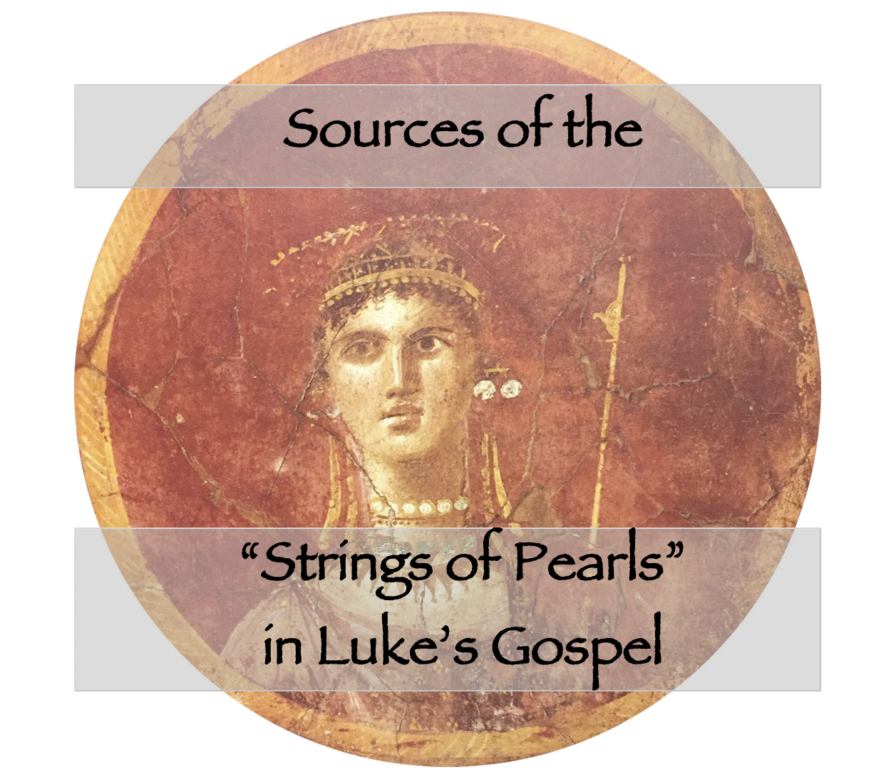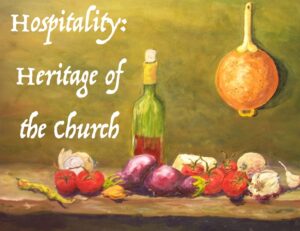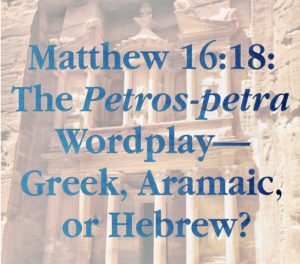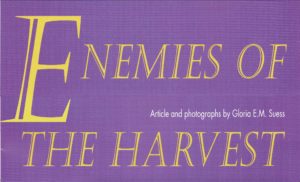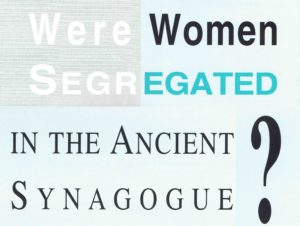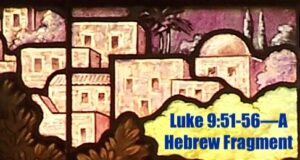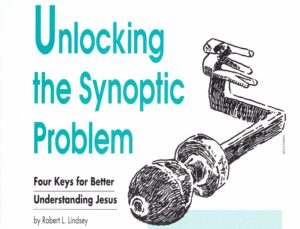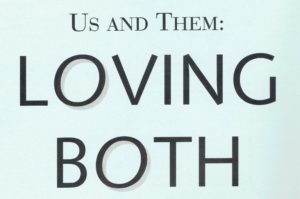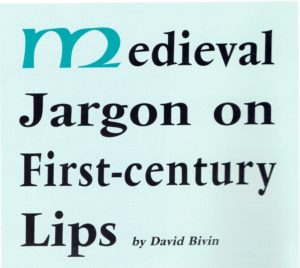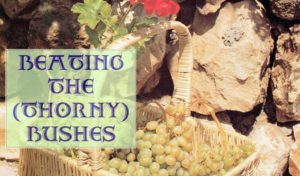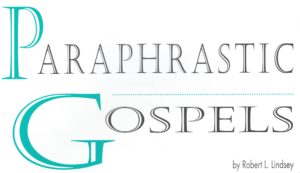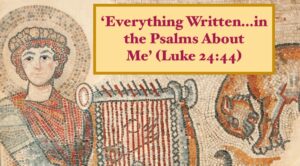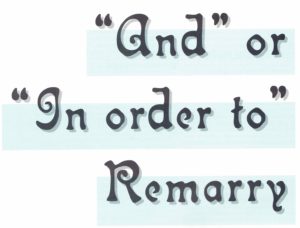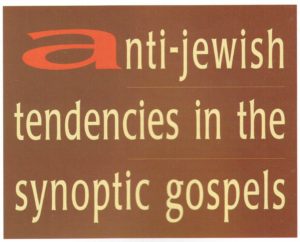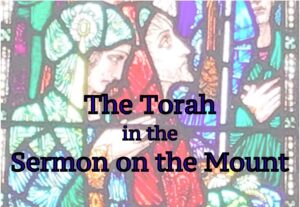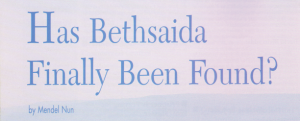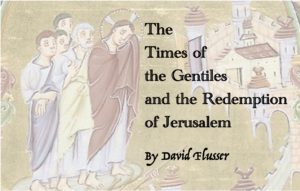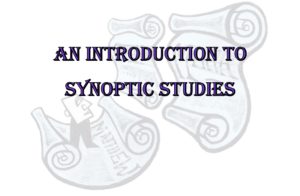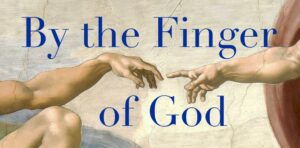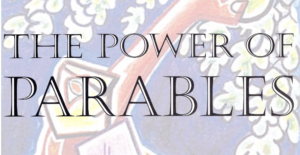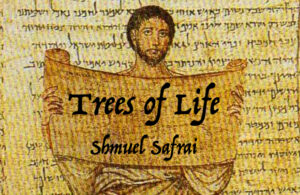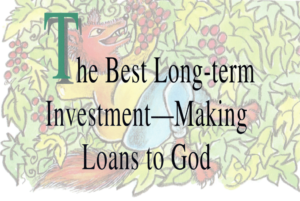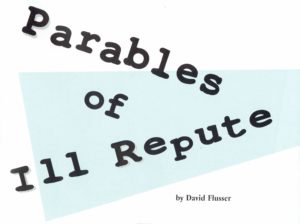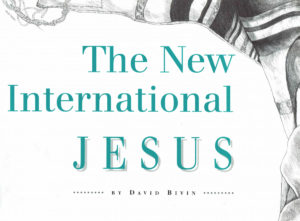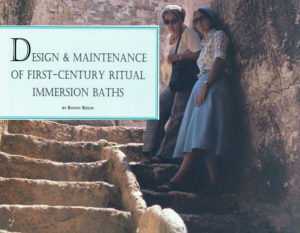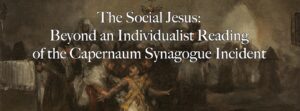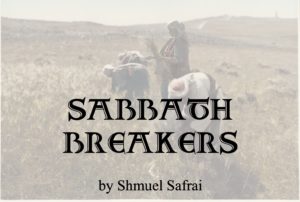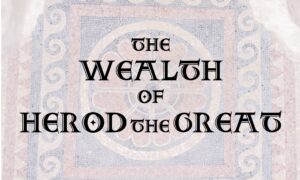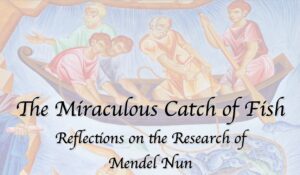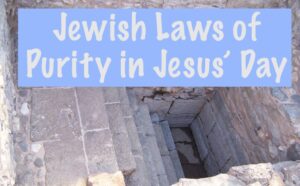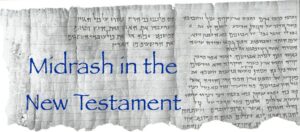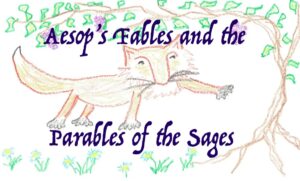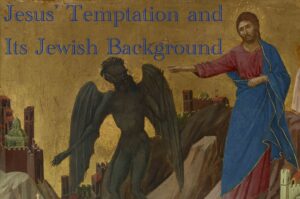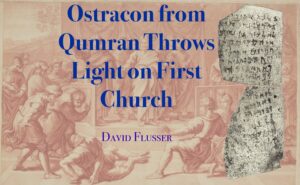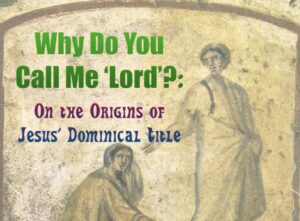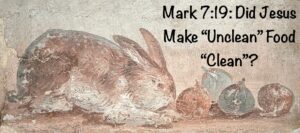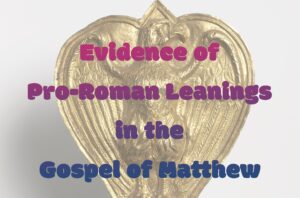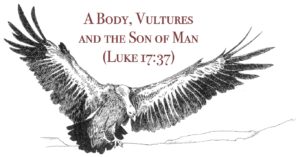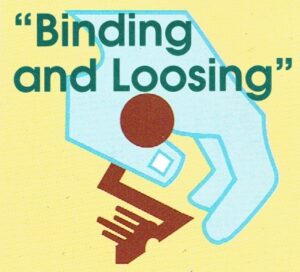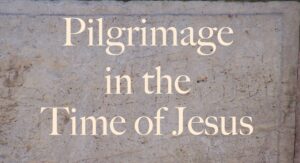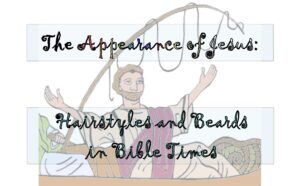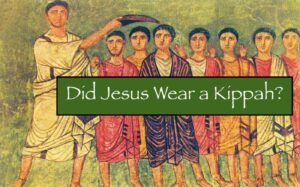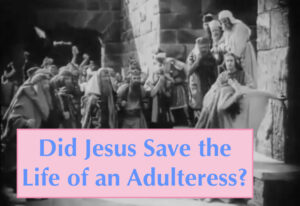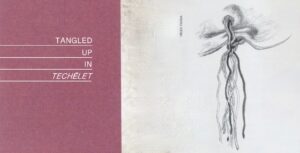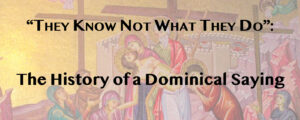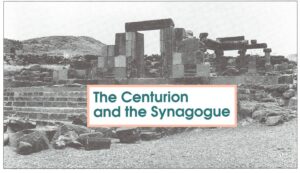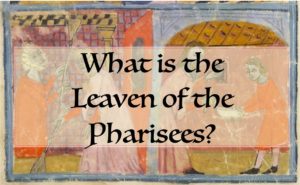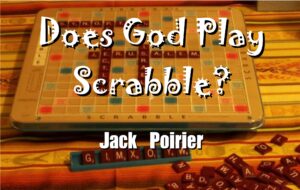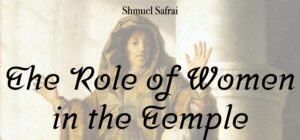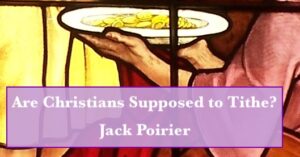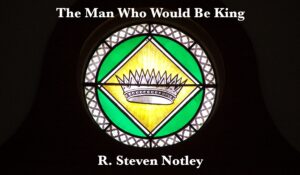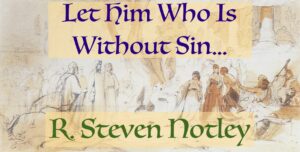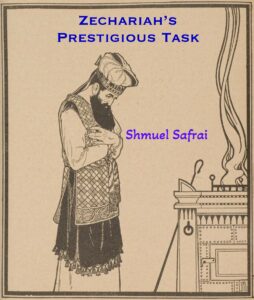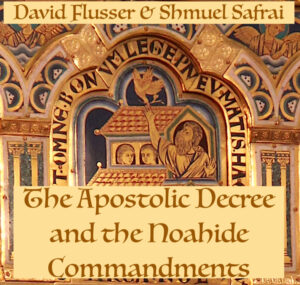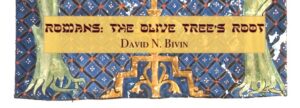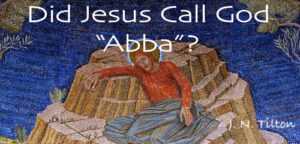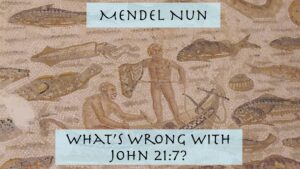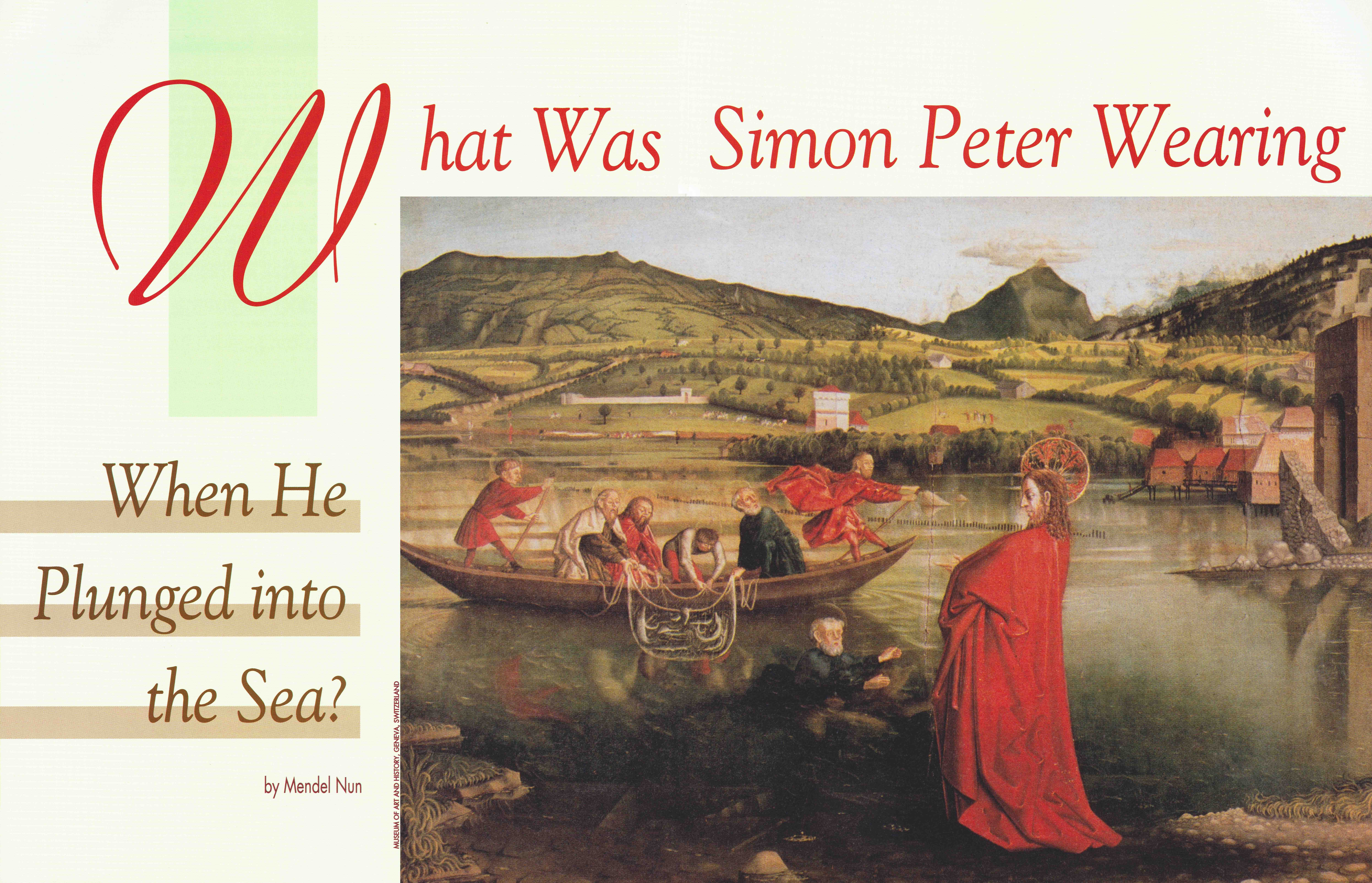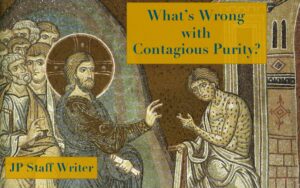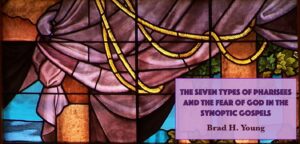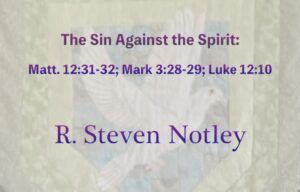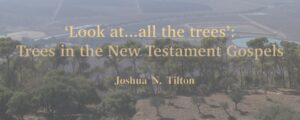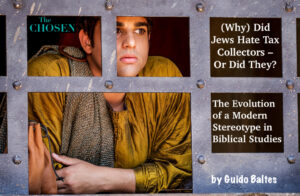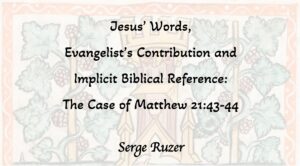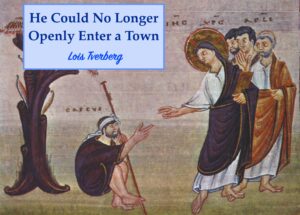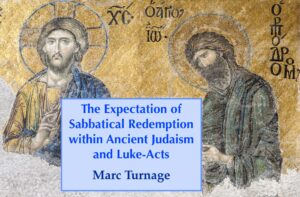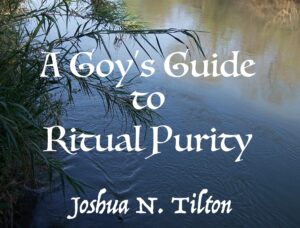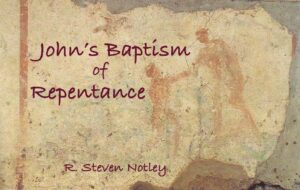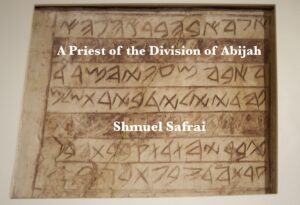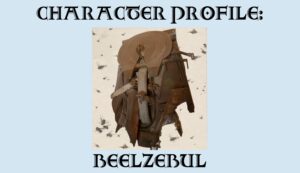(Luke 8:16-18; 9:23-27; 16:16-18; 17:1-6)
Updated: 1 November 2023
One of the characteristics of the Gospel of Luke is the presence of several small collections of sayings scattered about its middle section (Luke 8:16-18; 9:23-27; 16:16-18; 17:1-6).[1] These collections of three or more sayings are often unrelated to a clear teaching context. While the sayings in each grouping might share a thematic link, the individual sayings are not likely to have been uttered on the same occasion. They are really isolated sayings that have been secondarily hung together like a string of pearls.
Paid Content
Premium Members and Friends of JP must be logged in to access this content: Login
If you do not have a paid subscription, please consider registering as a Premium Member starting at $10/month (paid monthly) or only $5/month (paid annually): Register
One Time Purchase Rather Than Membership
Rather than purchasing a membership subscription, you may purchase access to this single page for $1.99 USD. To purchase access we strongly encourage users to first register for a free account with JP (Register), which will make the process of accessing your purchase much simpler. Once you have registered you may login and purchase access to this page at this link:
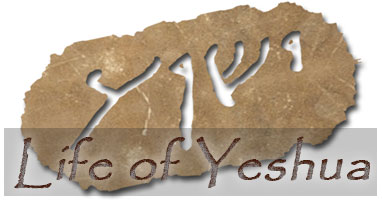 Click here to return to The Life of Yeshua: A Suggested Reconstruction main page.
_______________________________________________________
Click here to return to The Life of Yeshua: A Suggested Reconstruction main page.
_______________________________________________________
- [1] Luke 11:33-36 is a small cluster of teaching material united by the catchwords “lamp” and “light.” This cluster of sayings does not qualify as a “string of pearls” because it is not made up of three or more self-contained sayings. The division in this cluster is Hiding a Lamp (Luke 11:33) and A Good Eye (Luke 11:34-36).
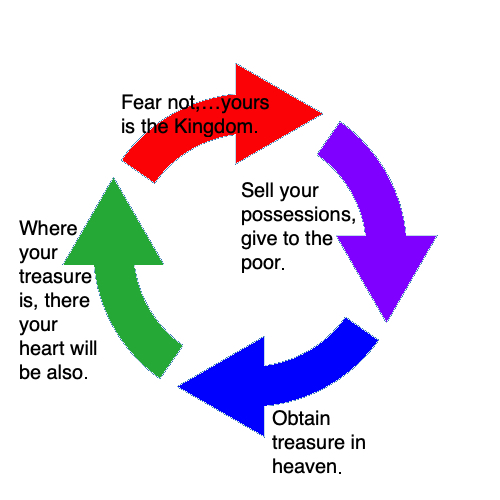
Luke 12:32-34 is another small cluster of teaching material, this cluster being united by the theme of trust in God. The arrangement of these sayings is very like a “string of pearls” except that they are not self-contained. Each saying cycles into the next. It begins with an exhortation not to fear, on the grounds that the little flock is in possession of the Kingdom. The cycle continues with an exhortation to sell one’s belongings based on the possession of the Kingdom. Giving away one’s belongings becomes the means of acquiring a treasure in heaven. Having a treasure in heaven allows one to trust. Trust allows one to overcome fear and have possession of the Kingdom. And so the virtuous circle cycles anew.
Since the sayings in Luke 12:32-34 are not self-contained “pearls,” we have not included this cluster of sayings in our discussion of the “strings of pearls” in Luke’s Gospel. It is possible, however, that, like the “strings of pearls,” the author of Luke’s source for these sayings was the First Reconstruction. ↩

